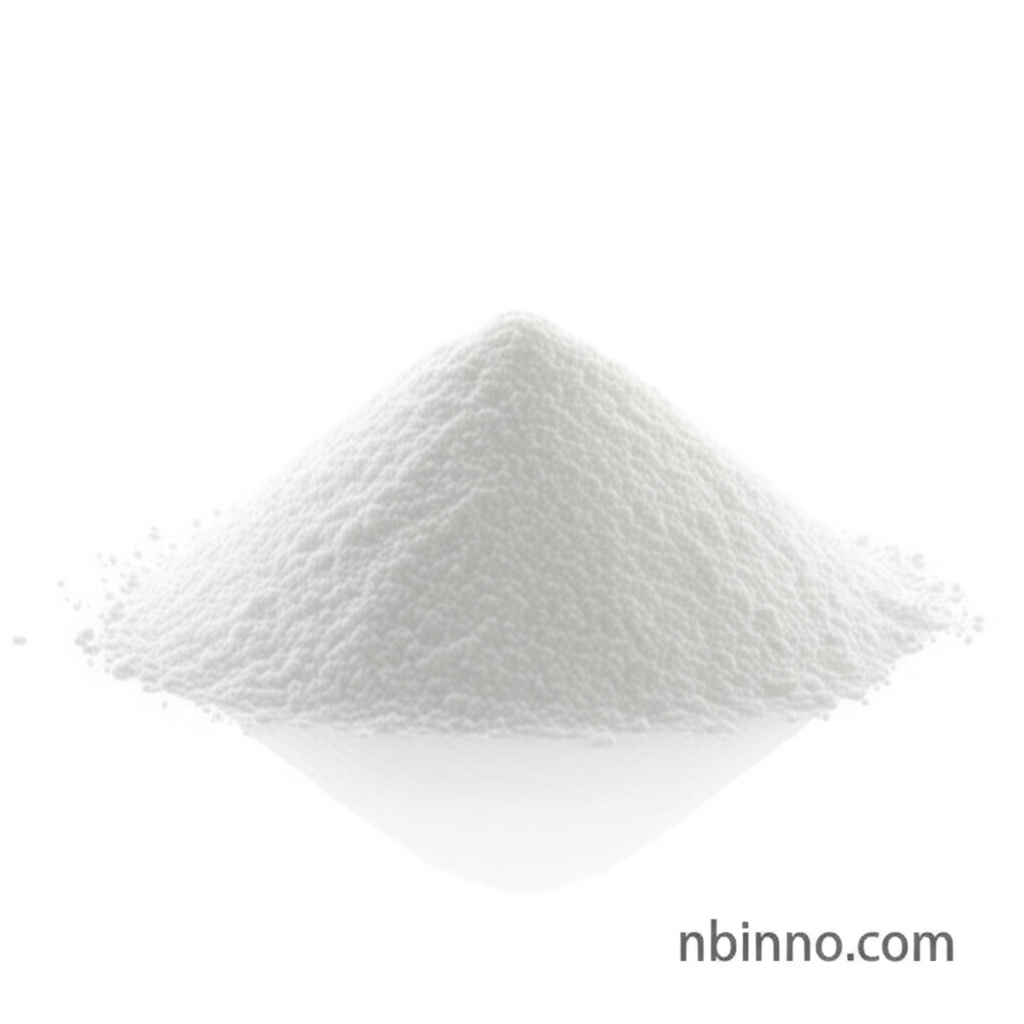Potassium Oxalate Monohydrate: Properties, Applications, and Chemical Significance
Discover the versatile uses and chemical properties of Potassium Oxalate Monohydrate, a key industrial and laboratory chemical.
Get a Quote & SampleProduct Core Value

Potassium Oxalate Monohydrate
Potassium oxalate monohydrate (CAS 6487-48-5) is a white, odorless solid that exhibits moderate solubility in water, sinking and mixing slowly. It is recognized as a strong dicarboxylic acid, naturally occurring in various plants. Its utility spans across analytical chemistry as a reagent, a general reducing agent, and a fundamental raw material in the production of ceramic glazes, leather goods, and in textile finishing processes. It's also noted for its role as a chelating agent, crucial for heavy metal removal in various applications.
- Explore the precise specifications of potassium oxalate monohydrate, ensuring 99.0% minimum assay for high-purity applications.
- Understand how potassium oxalate acts as a chelating agent in water treatment, binding to heavy metals for purification.
- Learn about the diverse applications of potassium oxalate, from analytical reagent use to its role in leather making and textile finishing.
- Discover the chemical significance of potassium oxalate monohydrate as a reducing agent in various industrial processes.
Advantages of Potassium Oxalate Monohydrate
Analytical Precision
As a vital analytical reagent, potassium oxalate is instrumental in quantifying calcium and other heavy metals, contributing to accurate chemical analysis.
Effective Heavy Metal Chelation
Potassium oxalate serves as a potent chelating agent, effectively binding to and aiding in the removal of toxic heavy metals from water and biological systems, supporting environmental and health applications.
Versatile Industrial Raw Material
Its use as a raw material in ceramic glaze production, leather making, and textile finishing highlights its broad industrial applicability and value.
Key Applications
Analytical Chemistry
Utilized as an analytical reagent for determining calcium and heavy metal content, supporting precise laboratory analysis.
Water Treatment
Acts as a chelating and reducing agent to bind and remove heavy metals from contaminated water sources.
Ceramics Industry
Serves as a key raw material in the formulation and production of ceramic glazes.
Leather and Textile Manufacturing
Essential as a raw material for leather processing and in the finishing stages of textile production.
